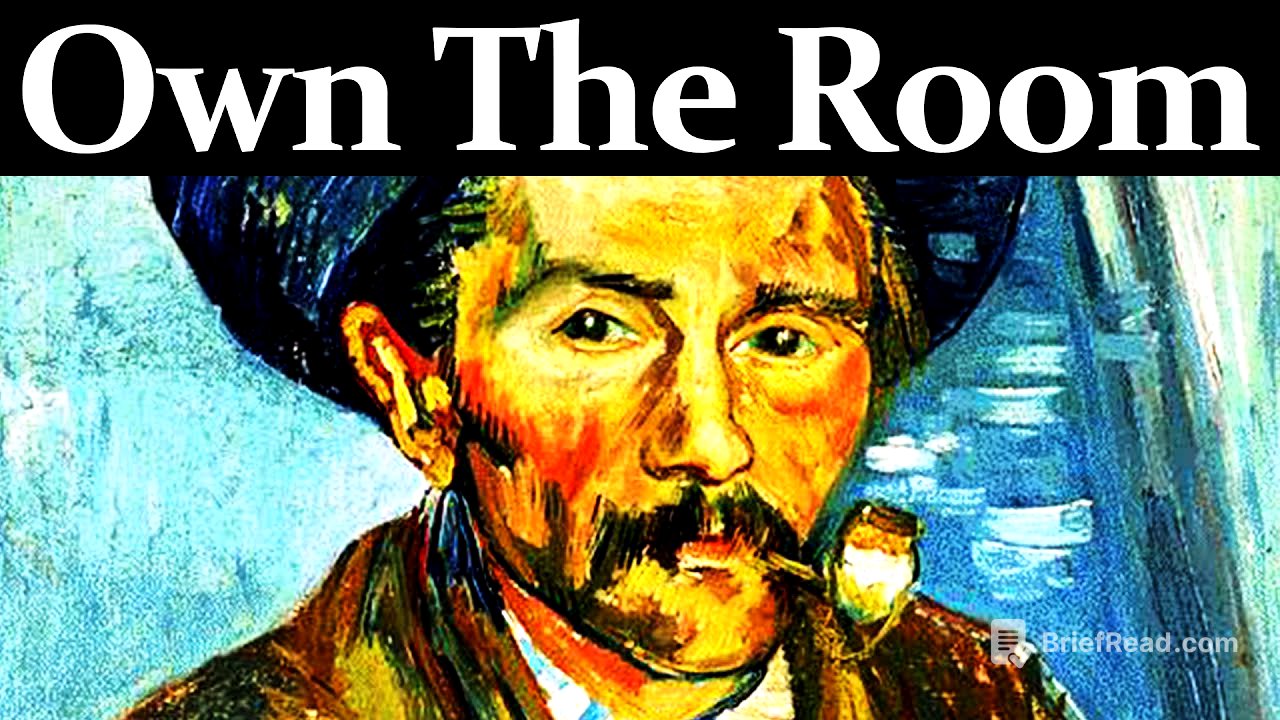TLDR;
This video explores the concept of self-efficacy, as defined by psychologist Albert Bandura, and its impact on confidence and success. It contrasts self-efficacy with self-esteem, highlighting it as a belief in one's ability to perform tasks and overcome challenges. The video explains how self-efficacy influences behavior, opportunities, and how others perceive you, creating either a positive reinforcement cycle or a negative failure cycle. It also discusses the four pillars of self-efficacy: mastery experiences, observational learning, social persuasion, and physiological states, providing practical steps to build and strengthen self-confidence.
- Self-efficacy is a belief in one's ability to perform tasks and overcome challenges, influencing behavior and opportunities.
- The self-efficacy cycle involves belief, action, results, and reinforcement, leading to exponential growth, while the failure cycle traps individuals in insecurity.
- Four pillars support self-efficacy: mastery experiences, observational learning, social persuasion, and physiological states.
Introduction: The Silent Power of Self-Efficacy [0:00]
The video introduces the concept of self-efficacy, describing it as a silent certainty that commands respect and alters environments. This presence isn't about seeking attention but stems from a deep, almost unshakable belief in one's capabilities. This belief transforms how the world responds, making others perceive individuals with high self-efficacy as figures of authority, even without them saying a word. The video aims to explore this invisible force, understand its effects, how it's built neurologically, and how to cultivate it.
Redefining Confidence: Self-Efficacy vs. Self-Esteem [3:53]
Albert Bandura redefined confidence by emphasizing self-efficacy over talent, luck, or charisma. Self-efficacy is the belief in one's capability to act effectively in the face of challenges, unlike self-esteem, which is merely feeling good about oneself. This belief affects actions, achievements, and how the world responds. Bandura's research indicates that self-efficacy is the key factor distinguishing those who advance from those who stagnate, influencing behavior and leading to either a self-efficacy reinforcement cycle or a failure cycle.
The Power of Presence: How Self-Efficacy Shapes Perception [8:20]
The video discusses how individuals with internalized self-efficacy command attention and respect without needing to seek it actively. This magnetic presence results from internal certainty, manifesting in physiological and behavioral cues like upright posture, steady gaze, and calm breathing. Genuine confidence shapes how others treat you, influencing negotiations, social interactions, and relationships. This presence can also unsettle insecure individuals, generating admiration or discomfort, as it reflects a strength they haven't developed.
The Self-Efficacy Cycle: How Belief Creates Reality [12:50]
Self-efficacy operates as a survival mechanism, creating a cycle that separates those who advance from those who sink. The self-efficacy cycle involves believing in one's capabilities, leading to increased effort, more experiences, and greater chances of success, which reinforces confidence. Conversely, the insecurity cycle involves avoiding risks, fearing incompetence, and lacking positive experiences, leading to a downward spiral. Breaking out of this cycle requires building new evidence and reprogramming the brain to believe in oneself again.
Mastery Experiences: The Foundation of Real Confidence [17:07]
Mastery experiences are the most robust pillar of self-efficacy, based on real-world evidence. Achieving small, real victories convinces the brain of one's capabilities. Instead of attempting giant changes, Bandura suggests progressive, controlled advancement. By breaking down skills into smaller parts and mastering one per week, individuals can accumulate concrete proofs of competence. This process changes the structure of one's identity, leading to changes in posture, voice, and energy.
Observational Learning: Seeing is Believing [19:26]
Observational learning involves observing people similar to oneself overcoming challenges and achieving success, which helps the brain recognize the possibility of one's own capabilities. Observing real individuals with relatable stories activates mirror neurons, simulating their actions and achievements internally. By strategically consuming these references, the brain begins to dismantle limiting beliefs and consider success a legitimate possibility.
Social Influence: The Impact of Your Environment [21:58]
Social persuasion, the impact of messages received from others, significantly affects self-perception. The social environment can either build or destroy self-image through subtle judgments, criticisms, and comparisons. A supportive voice can be more powerful than many tolerating voices. To develop self-efficacy, it's crucial to audit one's social circle, identifying those who reinforce strength and those who feed doubt, and adjust the environment accordingly.
Physiological States: Mastering Your Body's Response to Fear [26:10]
Controlling physiological states involves reinterpreting physical reactions to challenging situations. Confident individuals reinterpret anxiety as their body preparing to perform at a high level. Practical techniques like expansive body posture, conscious breathing, and visualization of success help regulate these states. Consistent application of these practices trains the body to respond to stress with focus rather than withdrawal, sustaining real confidence.









